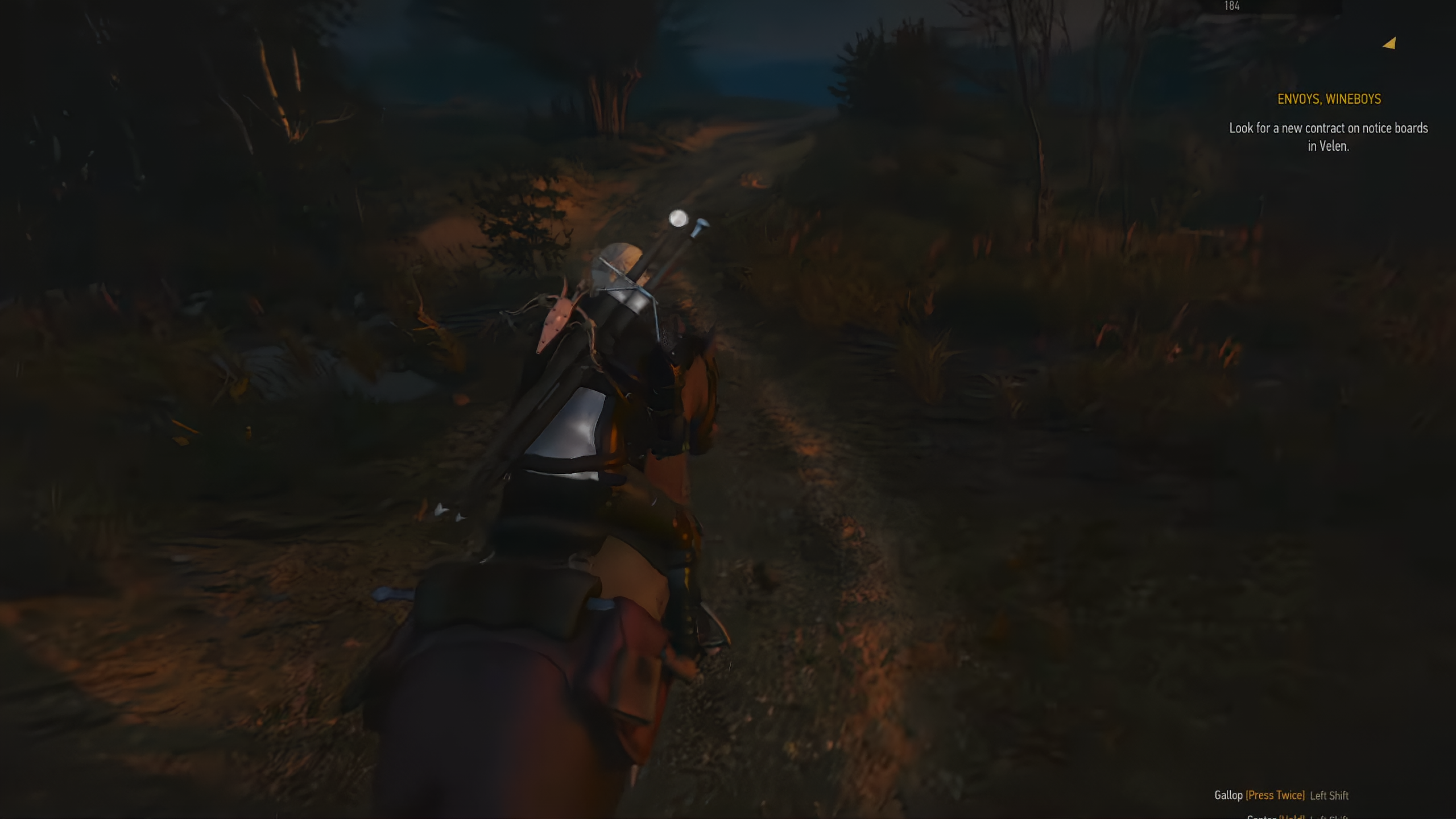
RISC-V, the open source, royalty-free CPU architecture, is in the very early stages of development and adoption compared to mainstream ARM and x86/x64 CPUs— but despite that, Box86/Box64 developers still managed to get last-gen AAA title The Witcher 3: Wild Hunt running on a RISC-V PC. Besides Box64, which was used to emulate x86 instructions in general, Wine and DXVK helped fill the gaps using Linux instead of Windows. The developers wrote a detailed blog post on how this was accomplished and uploaded video footage of the game running on YouTube.
So, before you get too excited about a future where PC gamers don't need to rely on Microsoft, Intel, or AMD to play games, The Witcher 3 is only managing a measly 15 FPS in these conditions. However, even being launch-able, much less semi-playable on RISC-V, the game is still a significant technical achievement and bodes exceptionally well for the future of open-source architecture. A high-complexity, high-fidelity game like The Witcher 3 truly pushes the architecture to its limits. Still, it proves its capabilities simultaneously, even though a genuinely playable, immersive experience remains out of reach.
As explained by the FOSS (Free and Open Source Software) project Box86 developers in their blog post, the significant issues with running The Witcher 3 on RISC-V start with x86_x64 CPU instructions. Games and other software, in general, rely on specific CPU instructions, so when that software must be run on another hardware architecture, the new architecture needs to be able to substitute or duplicate those instructions.
So, the major challenge of x86 emulation on RISC-V architecture is translating those x86/x64 CPU instructions into something RISC-V can actually understand. The original blog post details a few x86 instructions that are particularly tough to translate efficiently on RISC-V, which results in a lot of hardware power being spent on excessive "translation" of what used to be simple x86 instructions made complex by RISC-V architecture.
Last August, we discussed these same Box86 developers making a breakthrough by achieving fully playable 2D games on RISC-V, like Stardew Valley and World of Goo. For The Witcher 3, the developers needed to acquire a Milk-V Pioneer, a 64-core RISC-V PC with a PCIe slot. One AMD Radeon RX 5500 XT installation later, and a RISC-V PC is now capable of playing last-gen AAA titles, at least in a very limited form.
For now, this realistically isn't a big deal for anyone who wants to play games or buy a PC that can play games today. However, like the ongoing development of Windows on Arm and Proton on Linux, ongoing efforts like these show us that today's Big Tech companies won't have complete control of the PC gaming market forever. At this rate, a competent RISC-V gaming PC could be on the market within the next decade— maybe even half the time.







